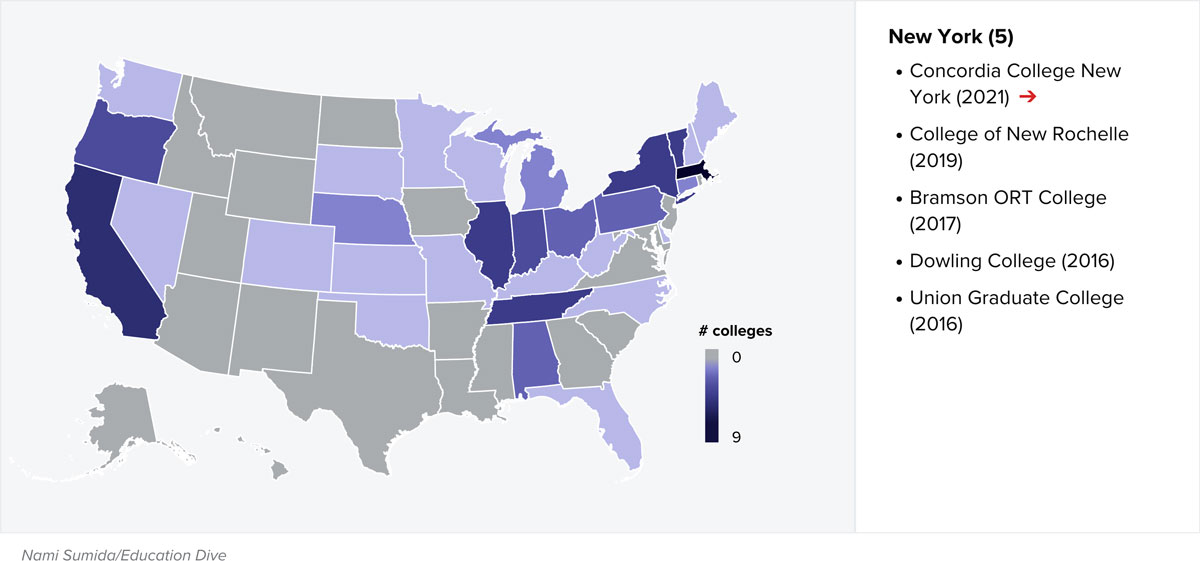Still feeling the affects of the Great Resignation?
With employers still feeling the effects of the Great Resignation, it’s a job seeker’s market and folks who are looking for work can afford to be picky about which employment offer to accept. Even employees who weren’t previously looking for another job are being poached by employers seeking to fill their own talent pools. How are government and nonprofit organizations supposed to compete for talent? One valuable tool that can strengthen employment job offer packages, engage employees, and benefits as a retention tool is a 457 (b) retirement savings plan.
A 457 (b) plan is comparable to the private sector’s 401(k) plan or the non-profit sector’s 403(b) plan, which offers employees a tax-deferred way to save for retirement, along with a few additional perks.
- Typically, state, and local government employees like public safety (i.e., firefighters), law enforcement (i.e., police officers), and other civil servants are eligible to participate in a 457 (b) plan – if one is available. Employees at certain hospitals, charities, and unions may also be eligible.
- Employees can elect to contribute pre-tax pay (up to annual limits — $20,500 in 2022 or 100% of pay, whichever is less). This helps reduce their taxable income today, while helping them save for the future. Some plans even include a Roth feature, which allows employees to contribute after-tax pay, so they don’t have to pay taxes on future distributions (if certain conditions are met).
- Employees age 50 and over have the option to make additional contributions – called catch up contributions – up to an annual limit ($6,500 in 2022). These are designed to help them catch up on building savings for retirement. For employees three years from retirement, catch up contribution limits are even higher.
- Employees who have access to a 457(b) and another plan like a 401(k) or 403(b) plan, can contribute the maximum to both plans, significantly increasing savings for retirement.
- Employers can make contributions (such as a match), but many do not.
- To help funds grow, employees may have a choice of investment options.
- 457 (b) plan participants who have left their employer can withdraw funds before age 59 ½ without any penalty – a 10% penalty applies under 401(k) and 403(b) plans.
- Employees pay taxes on contributions and earnings when they receive distributions from the plan (since that’s typically during retirement when their income levels – and tax range – are lower, they’ll pay less taxes than would have been required had they still been working).
- Employees may have several different payment options, depending on what’s offered through their plan.
- At age 72, employees are required to take a minimum annual distribution (unless they still work for the employer that offers the 457 (b) plan).
Features and Benefits.
The features and benefits of offering a 457 (b) plan are even more attractive when you consider Pew research findings on the top reasons employees left their jobs in 2021. They included low pay, poor advancement opportunities, lack of respect, childcare issues, lack of flexibility, poor benefits, and more.
Offering a tax-deferred retirement savings plan like a 457 (b) is one way to show employees your organization cares about their financial well-being, helps make up for lower pay, and increases perception of the value of your benefits package. That doesn’t even get into fulfilling what many may perceive to be a civic duty – taking care of our elderly in retirement (many of whom are likely community members).
If your organization wants more information on a 457(b) plan, visit the NYS Deferred Compensation Board website. RBT CPAs representatives can also answer your questions and help you make informed choices about offering valuable retirement savings vehicles to your employees.











